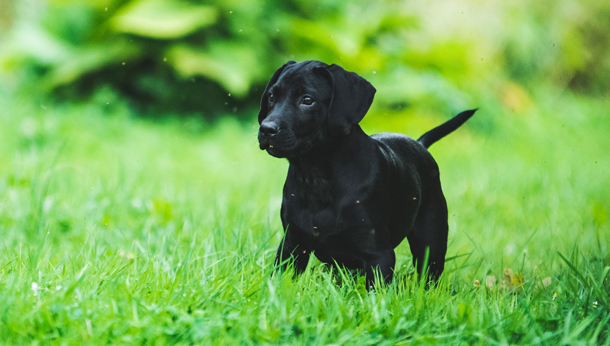Exercise is just as important for dogs as it is for people – it’s essential to good health. So here are our 7 Key Points on fitness for your dog or your new puppy.
Key Point 1 – Why Is Exercise SO Important?
Of course, we all know that exercise is good to help us humans to maintain a healthy weight, keep our muscles and joints flexible and help us live longer and feel better.
Well, for exactly the same reasons, your dog needs plenty of exercise too.
There are other advantages too – for youngsters, it will use up some of their nervous energy and stop them getting bored – so they are less likely to damage your furniture.
Key Point 2 – Have Fun!
Dogs are great fun to exercise – and can get you more active too.
So why not combine your exercise and work out together!
Key Point 3 – Start Slowly
After your vet gives your puppy a clean bill of health, and his or her vaccinations are in place, start him or her on gentle exercise.
You need to start slowly and make sure you don’t overdo it, while your puppy is young and all his or her bones are still growing.
Just like people who aren’t used to exercise, if you get an adult dog who hasn’t done much recently, you should start off slowly too.
Moderately paced walking is a good way to start – just 10-15 minutes.
Key Point 4 – Build Up Gradually
Now you can let your dog build his or her heart and muscle strength gradually without putting too much stress on their joints.
You can build up to an hour a day, or even more eventually, if your dog seems up to it. Most people split their exercise sessions into twice a day.
If, after a few months, your dog can handle long, fast walks without fatigue, he could graduate to jogging with you.

Key Point 5 – Watch Out For Warning Signs
Watch out for any unusual signs of fatigue or trouble breathing. If your dog wants to stop, let them.
Dogs that overdo it can suffer strained tendons or ligaments or other problems.
Key Point 6 – Grass is best!
You dog may be a carnivore on the food front, but when it comes to exercise, green is better.
Try to take your dog out on dirt paths or grass as much as possible. Gravel, concrete, tarmac and road salt can all irritate your dog’s paws.
Key Point 7 – Water is the Source of Life
Just like you, the more active your dog is, the more water he or she needs. Always check your dog has enough fresh water before and after your exercise.
If you’re going for a long run, or on very hot days, take some water along for both of you.
Finally, do remember that some breeds and types of dog need more exercise than others. If you have a collie, for example, you’ll need to be out and about with your dog even more.
We will always put together a tailored healthcare plan for your dog or your new puppy and this will cover fitness and exercise.
Meanwhile, if you have any queries about the right fitness regime for your dog, please do Call Us on 01 287 4802 to book an appointment.